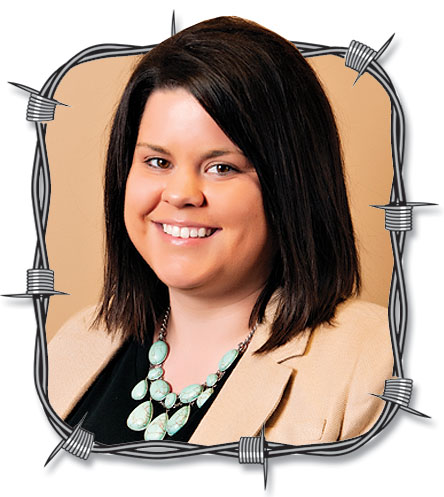Why all the details?
My last article talked of the importance of detailed financial statements – the more detailed they are, the better job your banker can do for you, the customer. But exactly what do we use those details for and why do we need them, really? The short answer is cash flow.
A simple cash flow can be calculated as net income plus interest plus depreciation less total debt payments. What is left is what the customer has to live on, to cover his/her living expenses. We add back interest and depreciation because we will take interest out in the debt payments and do not want to hit the customer twice for the same expense, and depreciation is considered a non-cash expense. In the rare case there are other non-cash expenses shown, those will also be added back to net income. Most cash flows are done annually, but they can be done on a quarterly, monthly or even weekly basis.
On the income side of the equation, most of the information will come from the tax return or income statement. However, when putting together an estimate of the coming year’s income, a detailed financial statement (balance sheet) is a wonderful tool. A detailed statement can show how many market calves are being held, how many calves are expected to be born and when, what crops are in storage and what crops are or will be in the field, what expenses have been prepaid (fertilizer, hay, seed, etc.), and the list goes on. Using that information and that day’s board prices, we can make a good estimate of the next year’s income, barring any unforeseen circumstances, of course.
Where detailed financial statements really come into play in the cash flow is in the debt portion of the equation. If the customer has provided all his farm, business and personal debt payments, and the frequency of those payments, it makes it much easier for his/her banker to tell where that customer is financially. If when we subtract debt from income we end up with a zero balance that means the farm/ranch can cover its expenses, but nothing is left for the farmer/rancher to live on. If we end up with a negative balance, that means the farm has taken on more debt than it can handle, which leads the banker, and customer, to see what can be done to get this farm/ranch back where it needs to be, which may mean restructuring debt or even selling something, among other suggestions. A positive balance is what we are looking for, and the size of that balance will tell us whether or not additional debt can be added and you, the customer, still be able to live the lifestyle you are used to. A successful farm/ranch is a successful and happy customer, and our job in the banking world is to help you to the very best of our ability to make that happen for you and your farm/ranch.




